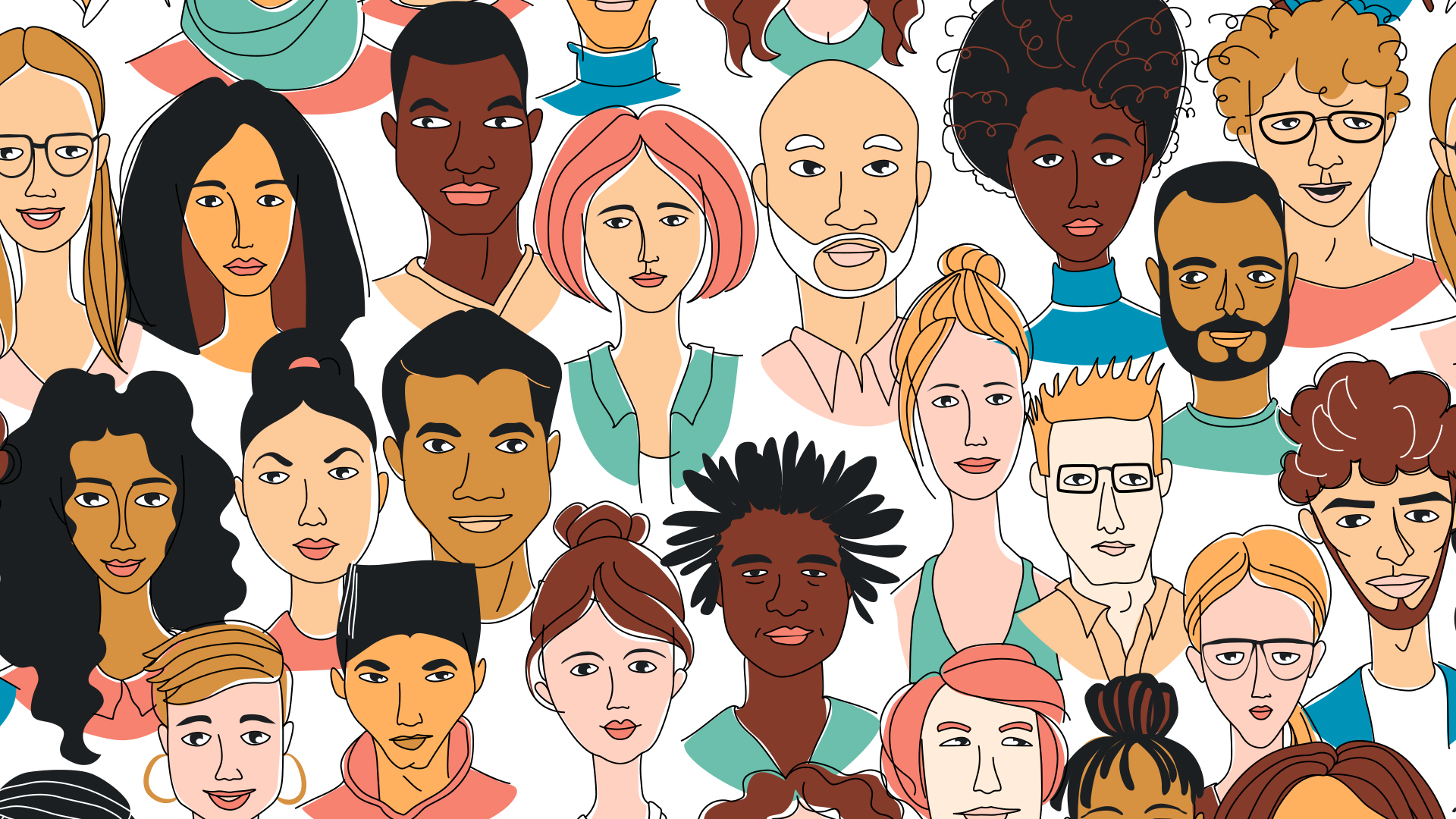
In its latest immigration plan, the federal government says it hopes to welcome almost 1.5 million new permanent residents between 2023 and 2025, up from approximately one million in the immigration targets for 2020-22. The economic benefits of increased immigration aside, there remains a major elephant in the room that Canada is still not ready to address – racism and discrimination against “visible minorities” – code for non-white immigrants.
While recent surveys claim that public opinion in Canada is more in favour of immigration than ever, recent practices suggest otherwise. Examples include heightened surveillance of select immigrant populations, intense scrutiny of some of their financial resources and discrimination against migrant workers. There have also been incidences of hate crimes against members of immigrant groups. The government must address the issue of racism in immigration policy with a series of broad measures. Otherwise, if left unaddressed, these incidences have the potential to work against Canada’s intentions to continually increase immigration levels and grow its economy.
This is the key failing of the government’s plans on immigration, past and present. Although the latest plan does discuss anti-racism measures much more than previous versions, it is strictly in the context of Immigration, Refugees and Citizenship Canada’s own organizational strategy. Unfortunately, it does not address the real issue – that racism is not just organizational, it is endemic in Canadian society.
A national immigration plan cannot succeed in the long term if it does not acknowledge or address racism and discrimination in society. This is important because eight out of the top 10 source countries for immigrants to Canada, accounting for almost 70 per cent of annual intake, are non-white countries from the Global South.
This disconnect is becoming blatantly obvious in many ways. For instance, it is impossible to view the increase in immigration numbers without looking at the impact of regressive laws and policies such as Bill 96 in Quebec on new immigrants.
Racism affects not only our social connections with immigrants, but also our economic dependence on them. Canada’s approach to immigration has been to view migrants as a source of labour. That approach is bound to create tensions in the long term.
[wd_hustle id=”20″ type=”embedded”/]
Immigrants may help with Canada’s labour shortages and aging demographics. But if the environment toward them is socially hostile, the chances of them gaining economic ground decrease substantially. In that case, Canada will no longer be a desired destination for people wanting to migrate. Or they will leave because the living conditions are toxic.
This hostility is on display in how Canada refers to immigrants in an official capacity. Immigrants are numerical “targets” to achieve in a given timeframe. International students are deemed the “ideal immigrants,” a common racist stereotype. Canada should not attract students based on how much labour or revenue they can provide in the long term – or because many students themselves use this as an opportunity to gain Canadian permanent residency – but rather how education can enrich their futures. Immigration levels are about “breaking records,” as numbers are increased based on labour shortages rather than the capacity to absorb new people from different parts of the world.
Canada needs to get on with tackling racism in concrete ways
Systemic racism endures as Quebec fails to reckon with slavery history
The mandate of N.B.’s systemic racism commissioner perpetuates the problem
Phrases used by the government to justify rising numbers, such as “filling labour shortages, creating jobs, and driving economic growth,” perpetuate stereotypes of immigrants. The term “visible minority,” or the politically correct “racialized newcomers,” indicates a continued “othering” of immigrants. Semantics hide the racist notion that immigrants are only as useful as their revenue-generating skills. Everything else is their own problem.
This approach to reducing immigrants to labels and economic tools completely ignores the existence and reality of racism as a social and economic hurdle for immigrants. Canada sees new immigrants as a way to fill labour shortages, but the statistics tell a different story. New immigrants are far behind their Canadian-born counterparts in finding employment. Yet, the push to increase immigration levels to record highs continues without anyone talking to employers about immigrants’ inability to find work. This may only increase unemployment rates amongst racialized groups.
Racism also applies to our policies toward refugees and asylum seekers. Recent cases have shown how authorities continue to treat refugees from Afghanistan differently compared with those from Ukraine. If Canada is choosing to discriminate among seriously at-risk populations such as refugees fleeing war and death based on – it can be assumed – their race or religion, this itself proves the point that racism is more than just an organizational issue. It is endemic in our society.
For instance, Canada’s recent appointment of a representative to combat the rise in Islamophobia in this country reflects the federal government’s concern that violence and racism toward racialized communities is becoming normalized. But it ignores longstanding racism against the original inhabitants of this country.
Indigenous communities continue to be oppressed, and the arrival of immigrants, many of them unaware of Canada’s dark colonial past, only adds to Indigenous communities’ distrust of settlers.
Among racialized communities in Canada, Black and Asian Canadians also continue to experience some of the highest levels of discrimination.
If Canada truly wants its millions of new immigrants to be able to contribute to the country, it must address racism and discrimination as broad societal issues. We need a holistic policy approach, not one that is piecemeal.
To do this, the thinking around immigration needs to evolve and specifically address the following in policy and practice:
First, there is a need to change the language around immigration to Canada. This starts with changing how Ottawa frames immigration and immigrants as a labour supply issue. Immigration is a human right and not a numbers game. It must work for both the migrant and the host country.
Second, immigration is never purely economic. Regular immigrants also attempt to escape conflict, discrimination and political instability in their home countries. This is important to remember when assessing admissibility and the potential of each immigrant beyond just their economic capabilities.
Third, anti-racism efforts must be incorporated into the philosophy of services provided to immigrants including settlement services, employment, housing, education and health. This will require different federal, provincial and territorial departments to work in tandem with each other, not in silos.
Last, any immigration plan must also come with a strategy that socially protects the rising number of immigrants rather than just economically compensates them. Addressing racism and race relations must be important elements when designing immigration policy in a country that calls itself multicultural.
Immigration cannot just be about achieving targets and numbers. It is not an assembly line opportunity. Ultimately, we are dealing with individuals and families who also have hopes and expectations of Canada. Undermining these expectations through racial discrimination is the last thing anyone seeking to start a new life in a new country needs.










